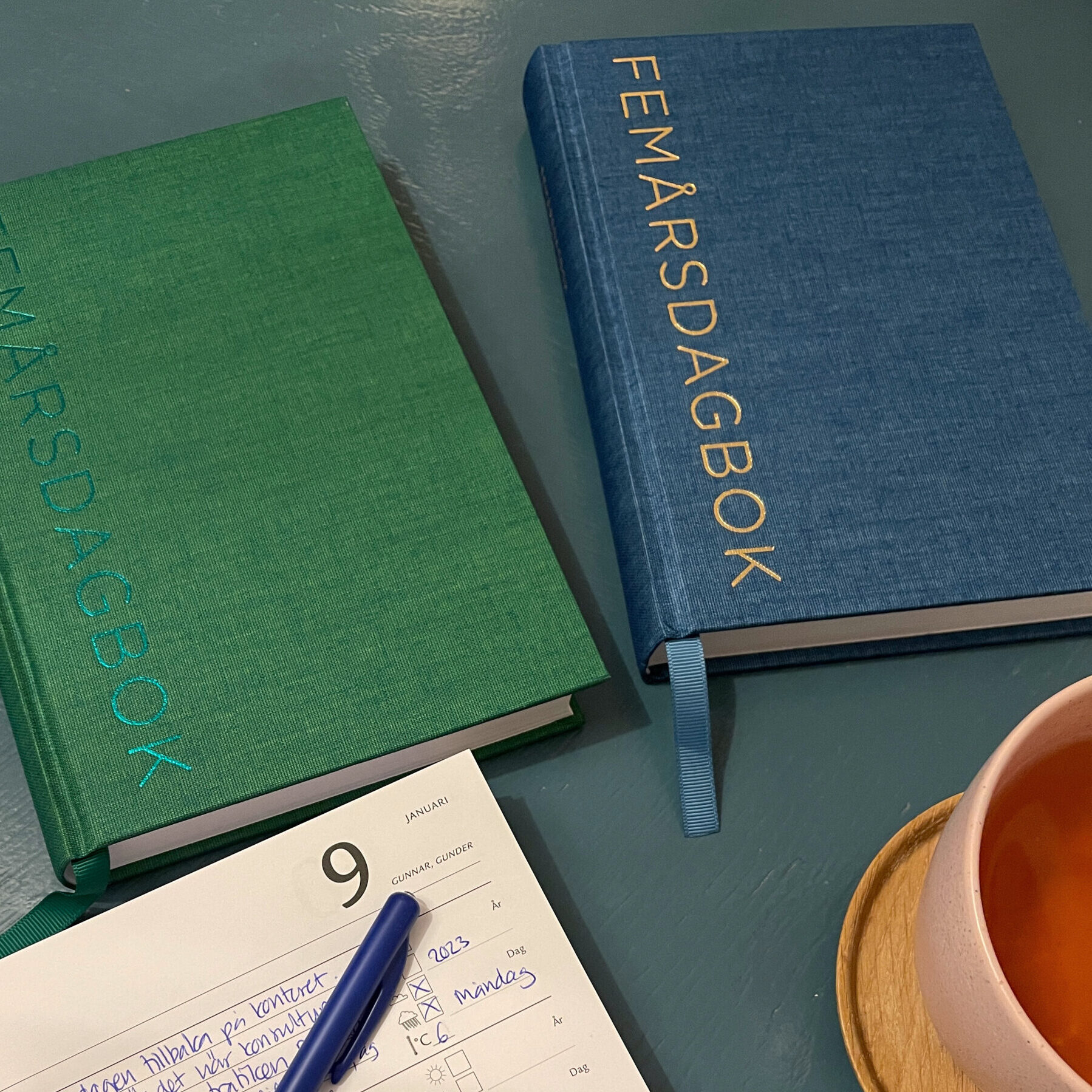Last Thursday mum and I had made a trip to Österlen. We were walking along the beach in Haväng when mum suddenly exclaimed “That dog just collapsed”. I looked ahead and saw three people huddled over a dog. It was lying on its right side and it didn’t move.
As we walked up to them we saw how they were giving it CPR. One lady was giving heart compressions. The other rescue breaths whilst at the same time trying to prevent the air from slipping out on the side of its snout. The man was sat behind the dog stroking his beloved friend. As for the dog itself there was no movement. Just an empty wide eyed stare and a lifeless body.
We asked if we could help and it dawned on me that I couldn’t remember how many heart compressions and rescue breaths you were supposed to give, or – had it been a person – how to place them in recovery position. I recalled reading an article about giving CPR to infants and how the number of rescue breaths, heart compressions as well as the actual pressures were different to adults, and thought that it must be the same for dogs and other animals. Actually, where on a dog is the heart positioned?
The two women seemed to know what they were doing. They were calm but visibly shaken by the situation and continued trying to save the dog’s life. After a while of repeated chest compressions and rescue breaths he started to move. First the head, then a slight movement in the legs, and finally, though very weak, he wagged his tail. The dog was still lying flat on its side, visibly out of energy. Too tired to life his head, let alone trying to stand up, but he was alive. His heart was beating and he was breathing on its own.
The owners were incredibly relieved and tried to shelter him from the sun. We gave them our water and found the number to a local vet. Something that proved quite tricky due to the very limited cellular coverage. As we tried to get through to the vet they told us how there had been no warnings. Just a sudden unsteadiness followed by the dog falling on his side. The heart had stopped and so had his breathing.
We stayed with the owners and the dog for a while. They got hold of the vet and were told to drive straight there. We asked if they were going to be ok – to which they answered yes – and as we walked off we saw how the dog eventually got up and was able to walk on his own four legs. A happy ending, at least then and there, for what would most certainly have been a very sad day had the dog’s owners not known how to give CPR.
In case of an emergency
We were taught how to give fist aid and CPR in school. Thankfully I’ve never had to use my skills, but I haven’t practiced since then either and as a result I’ve forgotten some of the details. If I’d been faced with a situation where I was required to give e.g. CPR I would have had an idea of what to do, but I wouldn’t have known the exact details. And knowing has a better chance of saving lives.
I never thought I’d see CPR be given to a dog and if I ever was to give it to a person I’d most certainly say the same thing – that I never thought I’d actually have to give it. I cross my fingers that I won’t have to, but if I do I want to make sure I know how to.
The below is my no means a substitute for getting actual training in first aid and CPR, but it provides some useful information and points of reference in case of an emergency. But of course, when an actual emergency does happen there is little time to read up, or find the right information so it’s best done beforehand. Something the following apps can actually help with.
First aid apps
These are just a selection of some of the apps out there. Organisations like the red cross have their first aid app in a number of languages too and not just english.
Drops First Aid
[image url=”https://www.annadahlstrom.com/wp-content/uploads/2013/08/Drops.jpg” width=”455″ height=”480″]
This app provides both an overview of how to handle a selection of first aid situations but also video and more detailed instructions. There is also support for what videos you’ve completed watching as well as the option to set reminders to watch them later/ again.
http://drops.no
Red Cross First Aid for adults
[image url=”https://www.annadahlstrom.com/wp-content/uploads/2013/08/Red-Cross-adult.jpg” width=”455″ height=”480″]
The British Red Cross app have a more extensive library of First Aid learning material as well as an emergency section that provides both video and text instructions as well as – for some situations – support for assessing the situation and what to do next, e.g. based on questions like “Are they breathing?”. There is also a ‘Prepare’ section focused on learning as well as a ‘Test’ section where you can check what you’ve learnt.
www.redcross.org.uk/What-we-do/First-aid/Mobile-app
Red Cross First Aid for babies and children
[image url=”https://www.annadahlstrom.com/wp-content/uploads/2013/08/Red-Cross-baby-and-child.jpg” width=”455″ height=”480″]
This app follows the same structure and contains the same kind of material as the Red Cross First Aid for adults app, but it’s focused on first aid for babies and children.
www.redcross.org.uk/What-we-do/First-aid/Baby-and-Child-First-Aid-app
GotoAID
[image url=”https://www.annadahlstrom.com/wp-content/uploads/2013/08/GotoAID.jpg” width=”455″ height=”480″]
An extensive app where the paid version covers both first aid for people, dogs and cats – including where the heart is positioned on said pets.
It contains a wealth of information on how to handle anything from first aid and emergency situations to how to deal with various disasters before, during and after they happen. There’s also a list of useful tools, like writing Morse code with both visual and audio support.
www.gotoaid.com
Pocket First Aid & CPR
[image url=”https://www.annadahlstrom.com/wp-content/uploads/2013/08/Pocket-First-Aid2.jpg” width=”455″ height=”480″]
This app contains both videos and detailed illustrations covering emergency first aid, first aid basics and how to deal with medical, injury as well as environmental based emergencies.
http://jive.me/apps/firstaid
Recovery position
Though this is not an app, for those of you who, like me, need a reminder of the recovery position, here it is:
[image url=”https://www.annadahlstrom.com/wp-content/uploads/2013/08/Screen-Shot-2013-08-20-at-11.48.46.png” width=”455″ height=”606″]
Screenshot from Harvard Medical School
What later happened to the dog in Haväng I don’t know (if you do let me know) but I’m glad that CPR managed to save the dog’s life then.
It’s easy to think “It won’t happen to me”, and hopefully it won’t, but if it does knowing first aid and CPR can save lives.
Image source: www.flickr.com/photos/shawnleishman/2353293512 – not the actual dalmatian


